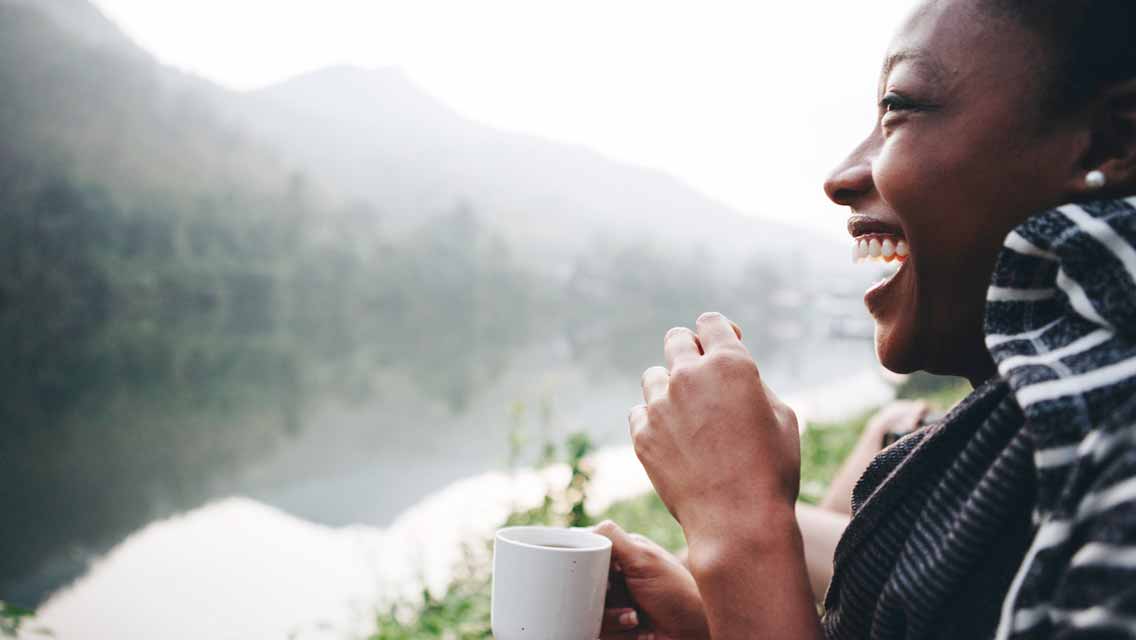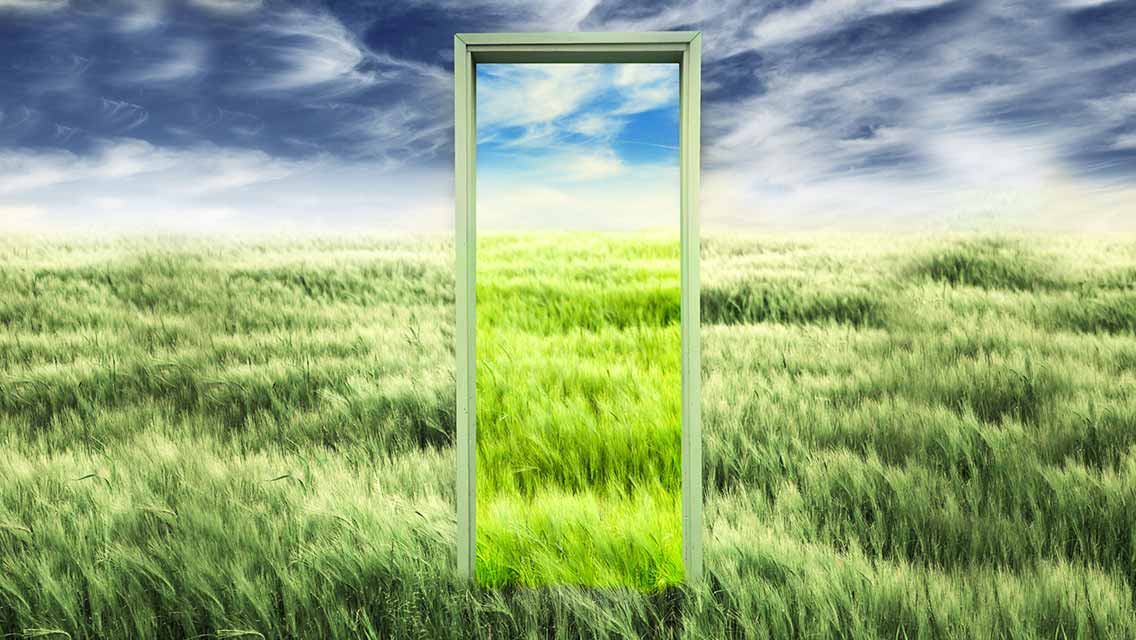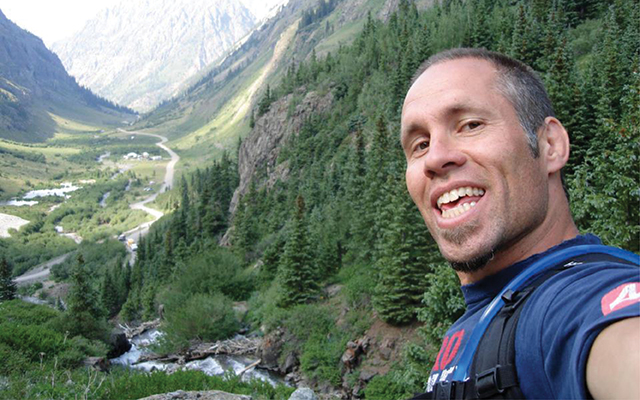Years ago, many people who suffered from mental illness lived in state mental hospitals. There weren’t very effective treatments available at the time, and some patients stayed there for months or even years. I remember one of my mentors who had worked in such a hospital singing the praises of an activity that, to him, appeared both therapeutic and life-giving: Some of the residents worked in the gardens that supplied fresh vegetables for the cafeteria.
I recall thinking how that arrangement made so much sense. Residents who helped raise their own food benefited greatly from the exercise, the time outdoors, and the satisfaction of contributing.
Most adults once spent several hours each day working, hunting, or gathering food outdoors. Children spent hours in free-form play, running, jumping, climbing — all outside.
These days, however, American adults spend more than 90 percent of their lives indoors, while children average only four to seven minutes per day playing outdoors and more than seven hours in front of a screen. Richard Louv, in his seminal 2005 book Last Child in the Woods, referred to this as “nature-deficit disorder”; he believes it is one reason for rising rates of depression and anxiety.
Since the 1980s, Japanese health professionals have promoted the benefits of nature therapy, which they call shinrin-yoku (“forest bathing”). It is described as “immersing oneself in nature by mindfully using all five senses.” That means not only going out into nature but trying to be completely present to it.
There is a growing body of research on nature therapy, and it suggests a remarkable range of health benefits:
- Reduced blood pressure and heart disease.
- Fewer allergies and other respiratory problems.
- Less depression and anxiety.
- A calmer, more focused mind.
- More energy, better overall health, and an increased sense of awe and gratitude.
Why is spending time in nature so good for us? First, we have to remember that humans evolved to be outdoors; it’s part of what makes us human. More specifically, I think it boils down to these three factors:
Nature is relaxing.
Multiple studies have shown that spending time in parks and other green spaces calms the nervous system and reduces levels of stress hormones. This, in turn, offers multiple benefits: The immune system works better, appetite normalizes, sleep improves, and mood lifts.
Nature speaks to us.
Plants and trees release various beneficial chemicals. Some simply provide a pleasant sensory experience, while others protect both plants and us. We’re also exposed to negative ions, which is a positive thing — they improve quality of sleep and boost mood.
Nature is beautiful.
You know the effect of watching a beautiful sunset, listening to pounding surf, or viewing a lush valley from a mountain peak. Such experiences can induce a sense of wonder, feelings of inspiration, the assurance that all is well. We are soulful creatures, and beauty is good for the soul.
We desperately need to reclaim a more intimate connection with nature, if for no other reason than its calming effects on our lifestyles and its ability to counter our overimmersion in technology. Outdoor activity seems to help people whether or not they’re coping with a mental-health problem. You get an extra boost if you’re near a body of water or if you spend the day outdoors.
But the biggest impact occurs in the first five minutes. So don’t worry if you think you can’t spare the time — even a few minutes is better than none at all.
There’s Always Time for a Little Nature Therapy
If you have five minutes:
- Sink your bare feet into the grass.
- Walk mindfully to your next destination.
- Gaze out the window at something beautiful.
If you have 20 minutes:
- Go for a walk outside.
- Eat your lunch outdoors.
- Lie on your back and gaze at the sky.
If you have two hours:
- Pack a picnic for your family or a small
group of friends (when it’s safe to do so). - Explore the trails in a nearby park.
- Read a book in a hammock between your favorite trees.
If you have all day:
- Take on a gardening project.
- Take a day trip by canoe or kayak.
- Go for a long, leisurely bike ride.
This originally appeared as “Nature in Mind” in the June 2020 print issue of Experience Life.




This Post Has 0 Comments